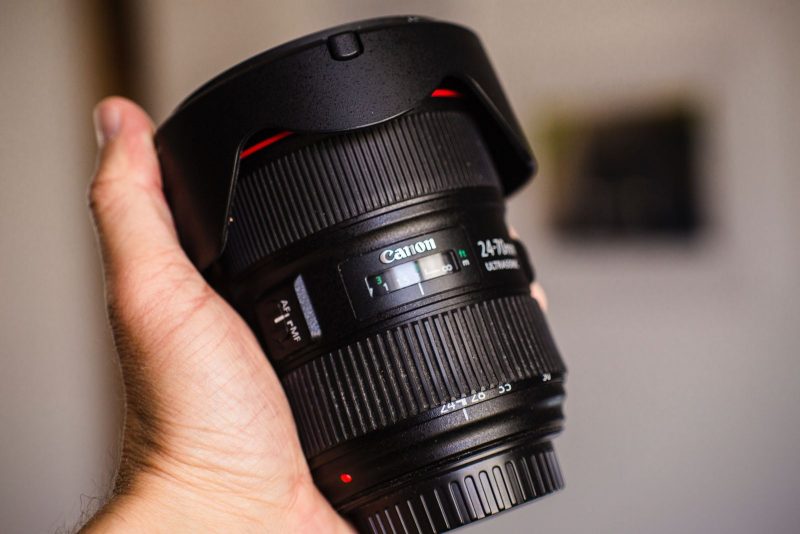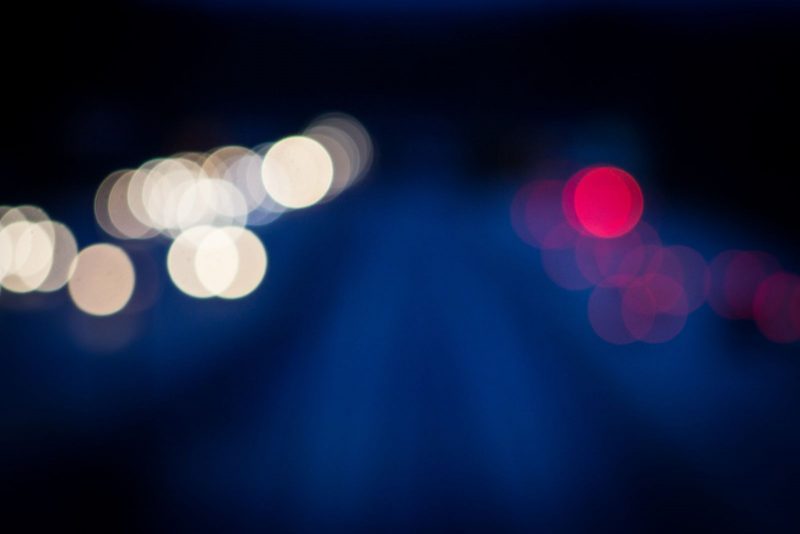With its beautiful beaches and gorgeous sunsets, Amelia Island is a photo-worthy destination. While the landscape can undoubtedly make for unforgettable photos, the island is also teeming with wildlife. From sea turtles to bobcats, and a wide variety of birds, there’s plenty of wildlife to capture. Many of these animals can be found just steps from our Amelia Island vacation rentals.
Whether you’re here for the Amelia Island photography festival or one of the many other annual events in Amelia Island, these photography tips are sure to enhance your photos.

Tips for Setting Up
To take the best wildlife photos, you need the right setup. Here are some tips for a successful photography session:
Use the Right Lens
Telephoto lenses are the go-to choice for wildlife photographers because they allow you to snap close-up shots from a far distance.
One of the biggest challenges with wildlife photography is being able to capture the moment without spooking the animal. Telephoto lenses solve this problem, allowing you to stay a safe distance away while capturing the shot.
For sharp photos, go with a lens that has optical stabilization (OS).

Don’t Forget the Tripod
Telephoto lenses with OS are great for taking sharp, clear photos, but they can be pricey and, in some cases, is still not enough to prevent blur.
A tripod will allow you to take sharp, clear photos regardless of whether your lens has OS.
Invest in a sturdy tripod made of aluminum or carbon fiber.

Choose the Right Settings
When photographing wildlife, it’s best practice to use a camera with manual settings. As your skills grow, you will learn how to adjust those settings depending on your situation.
The settings you want to focus on include:
- ISO: Use the lowest ISO possible to prevent noise.
- Shutter speed: Use faster shutter speeds for animals in motion and slower shutter speeds for grazing animals.
- Focus settings: Autofocus is ideal, but when shooting from afar, you may need to use manual focus to avoid focusing on the wrong subject.
Shoot at the Right Times
To capture the best photos, plan your sessions early in the morning or just before sunset. These are known as the golden hours when the sun is in just the right spot to provide brilliant natural lighting for your subjects.

Composition Tips for Wildlife Photography
Follow the Rule of Thirds
When taking any type of photo, always follow the rule of thirds. The rule of thirds will help you take a more balanced, eye-pleasing images. Most modern cameras allow you to display a grid on your display screen. Simply line up your subject on one of the intersections of the grid to create a balanced shot.
Scout Out Good Locations
The environment can be just as beautiful as the animals themselves, so try to find locations that will act as a stunning backdrop for the wildlife you’re capturing. When researching how to get to Amelia Island, scout out other places along the way to see if you can find any popular wildlife spots.
Get Low
The angle at which you take the photo can make all the difference. Whenever possible, try to capture an animal at eye-level. This may mean getting lower to the ground to capture that perfect shot of a bobcat or positioning yourself a little higher to catch a bird in the trees.
Plan Your Vacation
Are you ready to book your photography-focused vacation to Amelia Island? Check out our available rentals and book today!
Common Pitfalls
Wildlife photography can be tricky to master. Here are some common pitfalls to avoid when taking photos.

Shooting in Poor Lighting Conditions
Try to take photos in optimal lighting conditions – either early in the morning or just before sunset. If you have to shoot in the middle of the day, a polarizing filter can help remove reflections, darken the sky, and prevent overexposed photos.
Blurry Images
Wildlife can be unpredictable. If you’re not using the right shutter speed, lens, and tripod, you could wind up with a catalog of blurry images.
If possible, use lenses with OS and always bring along a tripod for close-up shots that are easily blurred by the tiniest of movements.
If you’re planning a stay at our condo rentals on Amelia Island, don’t forget to pack your camera and spend a morning (or early evening) photographing the local wildlife.

